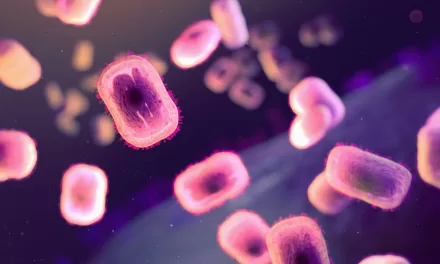In a groundbreaking discovery, an international team of researchers has identified unique subpopulations of fat cells in the human body for the first time. The study, led by scientists from Israel’s Ben Gurion University (BGU), has the potential to revolutionize personalized medicine in obesity treatment, according to a report by Xinhua news agency.
As part of the international Human Cell Atlas project, the study focused on mapping fat cell populations in different human fat tissues, specifically subcutaneous and visceral fat. Using advanced RNA mapping technologies, researchers were able to attach unique “barcodes” to RNA molecules from individual cells. This technique allowed them to distinguish distinct cell types within fat tissue with remarkable precision.
Published in the prestigious journal Nature Genetics, the study uncovered previously uncharacterized fat cell subtypes, including those involved in regulating inflammation, blood vessel formation, extracellular protein deposition, and fibrosis. Notably, one newly identified fat cell type appeared exclusively in intra-abdominal tissue, shedding light on the complexity of fat distribution in the body.
Over the past three decades, scientific understanding of fat tissue has evolved significantly. Once considered merely a storage site for energy, fat is now recognized for its role in producing key proteins that regulate appetite, eating behaviors, and energy expenditure. Among these proteins is leptin, which influences brain centers responsible for hunger and metabolism.
The study found that while subcutaneous and visceral fat cells shared similarities, their intercellular communication varied. Visceral fat cells were found to engage more in pro-inflammatory processes, interacting with immune cells, while subcutaneous fat cells were more involved in anti-inflammatory activities. These subtle differences could have important implications for obesity-related metabolic disorders.
Furthermore, researchers observed that the prevalence of these unique fat cells correlated with the severity of insulin resistance, a key factor in metabolic complications associated with obesity. The findings suggest that specific fat cell subtypes could serve as indicators of personal risk for obesity-related health issues or predict an individual’s response to treatment.
With the potential to significantly advance personalized obesity therapies, this study marks a major step forward in understanding the role of fat tissue in human health. By identifying distinct fat cell populations, scientists may be able to develop targeted interventions to mitigate obesity-related diseases in the future.
Disclaimer: This article is for informational purposes only and does not constitute medical advice. Readers are encouraged to consult healthcare professionals for personalized medical guidance.












